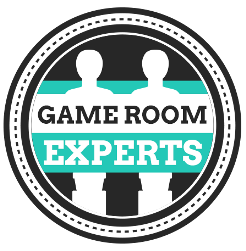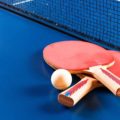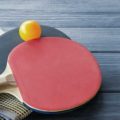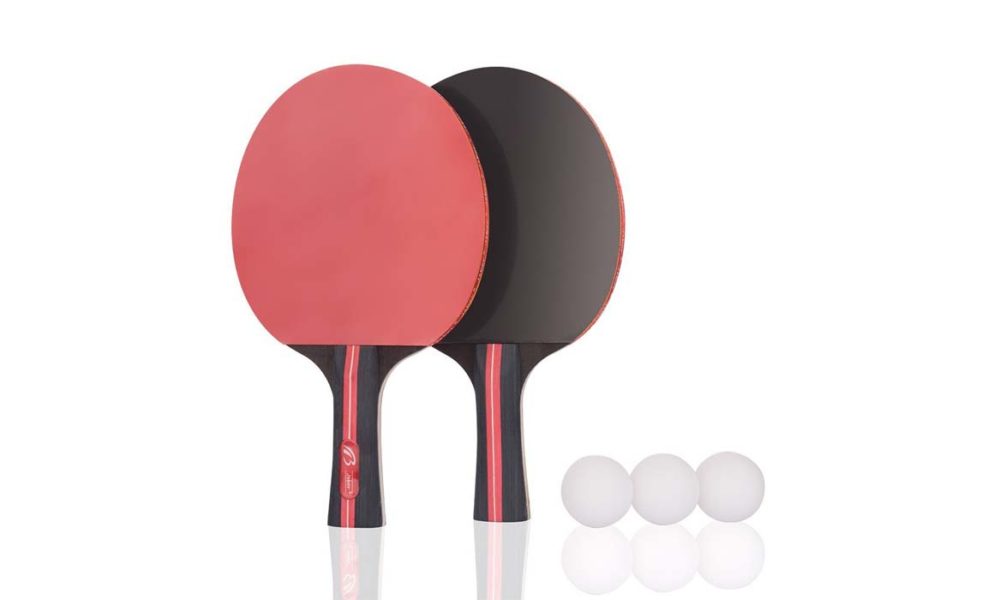
Like most sports, it’s possible to play table tennis at home for just a modest investment. You can get a reasonably priced basic table for less than $200 (even cheaper if you buy it used) and equipment for just $10 or $20. All you really need is a cheap table, two paddles (one if you’re playing alone) and a plastic ball you can get for just a few sense.
However, if you intend to play professionally or you want to play at the level that professionals do even if you’re only doing it for fun, you’ll want to step up your game and invest in more expensive equipment. And if your goal is to play at a level that meets Olympic standards, there are several things you’ll want to consider. You never know, you could be following in the footsteps of the London Olympics athletes or Rio Olympics table tennis players! International table tennis is competitive, so to get that gold medal at the next summer Olympics, you need to start practicing on a ping-pong table at home.
Olympic Table Tennis
First, before you buy any equipment, it’s important to understand the rules of Olympic table tennis. The rules are standardized by the ITTF, but in Olympic play, those rules must be reviewd and approved by the Olympic Committee.
In Olympic table tennis, a point is won when a player is unable to hit the ball with the paddle or racket over the net to the other side of the table. Game win requires a player to score 11 points and win by at least two points. Game play continues until a player reaches a two point lead.
Games are combined into matches and the best of seven games wins in singles. Team events require only five games won to win a match.
Each player serves two points in a row and then switches. Servers are required to bounce the ball on their own side of the table on their service and then once it’s over the net it must bounce again inbounds before the receiving player returns the serve. Players remain on their side of the table until they reach five points in the final possible game of a match and then switches to the other side.
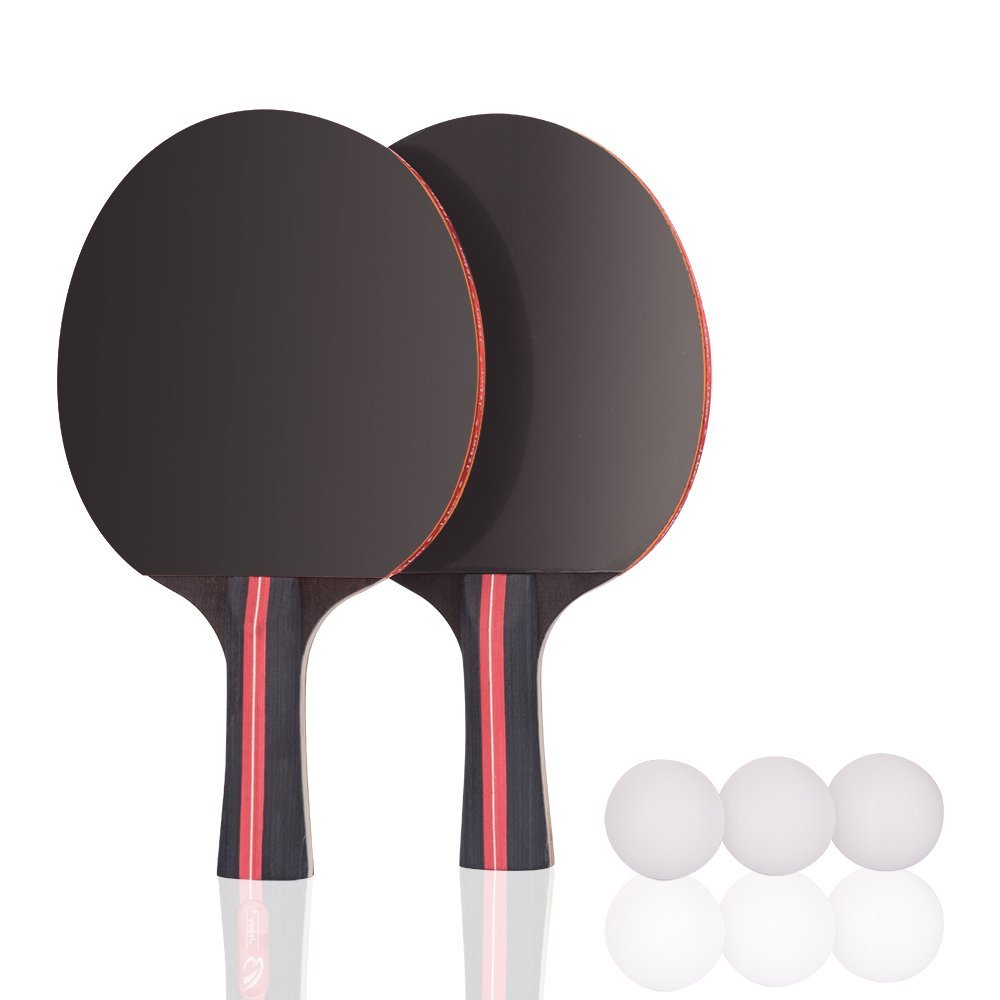
There are a number of detailed rules concerning table tennis service. These rules are in place to ensure the receiver is able to see the ball at all times and have a fair shot at returning the serve. Rules for Olympic table tennis service include making the ball visible at all times, keeping it behind the end line of the table, keeping it above the playing surface, throwing it up at least 16cm, and striking it on the way back down after the toss. An illegal serve counts as a fault and the receiving player receives a point.
Table tennis balls cannot be touched by anything other than the table and the paddle during a volley. It can also not be touched by the paddle unless it has made proper contact with the table surface during the volley or the serve.
There are also rules for how a ball can be hit after the serve. Player are not allowed to strike the ball with the fingers of your hand that is holding the paddle or below the racket hand below the wrist. You can hit the ball only one time. Players can change racket hands during the point, but rarely does anyone do this because it requires a great deal of coordination and really wouldn’t improve the chances of success.
If a player drops his paddle or racket during the game, he must pick up the racket to hit the ball. Paddles must be in hand to hit the ball, so it’s illegal to toss the paddle in an effort to hit the ball.
Non-paddle hands are not allowed on the playing surface at any time during the game. This rule is strictly enforced. For instance, it’s legal for the paddle hand to touch the playing surface and a player can even move onto the table or lean on the table during the game, as long as the non-racket hand never touches the playing surface.
Time outs and towel breaks are permitted during Olympic play and most Olympic level players have a routine, much the same as a batter moving in and out of the batter’s box would. However, if you are new to the game, it’s going to take some time for you to get your rhythm down. Err on the side of caution because you can be penalized if you take breaks or grab for your towel at the wrong moment. Olympic regulations allow players to towel off every six points and at the end of the last game in the match. There is also a one minute rest period between games.
Olympic Table Tennis Equipment
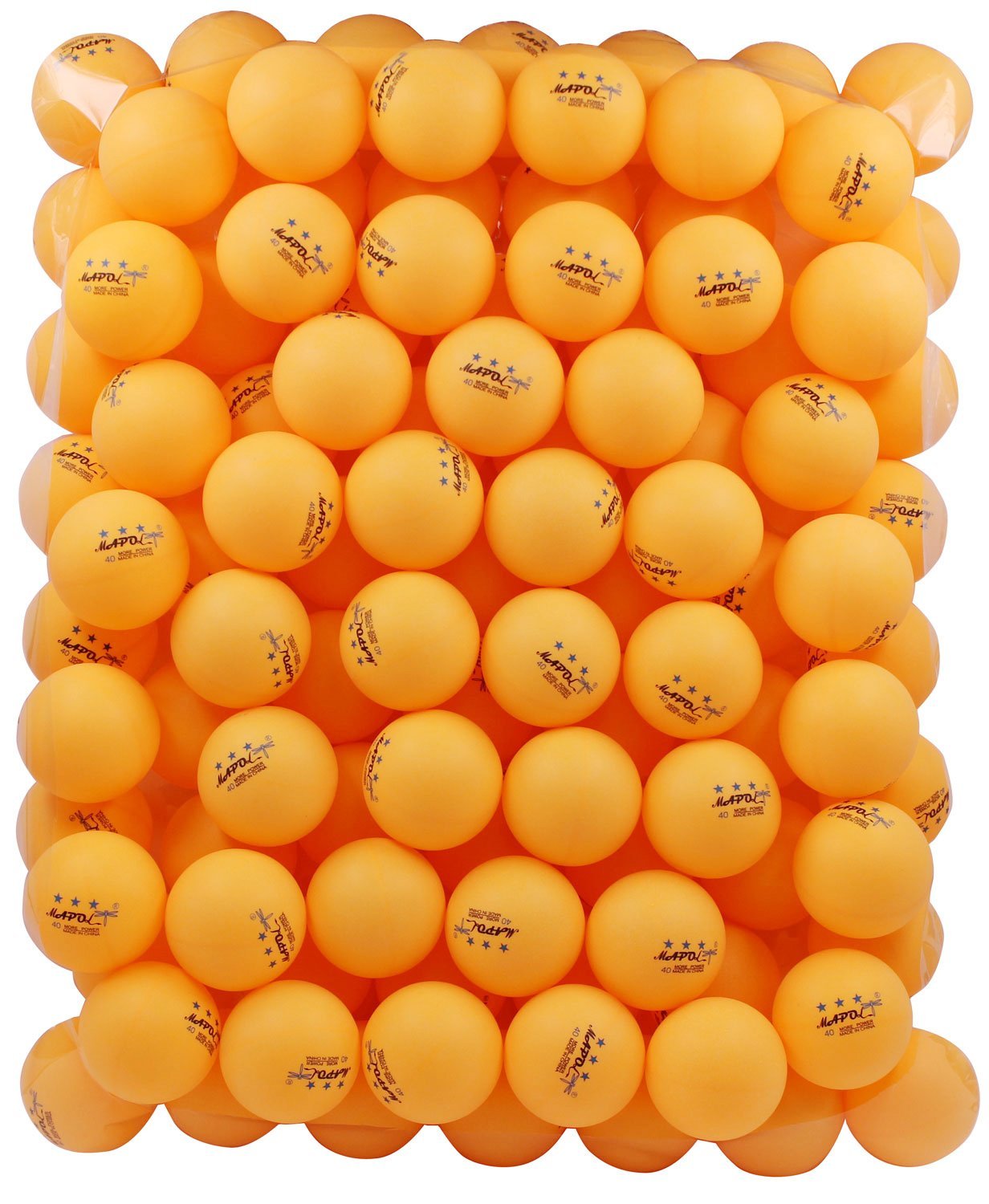
The equipment used in Olympic level table tennis must meet regulation standards. Rackets must feature black rubber on one side and red rubber on the other. This allows each player to quickly identify which side of his or her opponent’s racket is being used, as each side can have different features.
This Professional Table Tennis Paddle Advanced Training Ping Pong Racket comes with a carry case and features a 7 ply wooden blade with long handle. These rackets offer stable ball control. The rackets are made from a pure wood base with 7 layers of cottonwood to help control ball speed. Rackets feature .4mm of sticky rubber and edge protection that prevents damage. The handle is also made from cottonwood which is great for durability and feels comfortable when in use.
Table tennis balls must be three star balls to ensure consistency and balance. Some players practice with 0 or 1 star balls, but most people playing at the Olympic level practice with the balls they will use in official game play. This allows them to adjust to the standards they’ll be playing at when it matters most.
This 100 count package of three star balls allows you to practice at home at an Olympic level. The balls are orange and offer good bounce and more power. They are the standard size of 40mm and provide advanced training right in the comfort of your own home or practice area.
